Rumours are swirling that Australia Post is in the late stages of launching products in 2013 that would see it become an MVNO (mobile virtual network operator) reselling Telstra Wholesale’s 3G mobile service.
This is interesting because back in the day Australia Post and Telstra were part of the same organisation – the Postmaster General’s Department (PMG). With this in mind let’s look back and see how Australia’s telecommunications industry has evolved over time …
When the colonies federated in 1901 the new Australian federal government created the Postmaster General’s Department (PMG) to operate post and telegraph services. Sir John Forrest was appointed as Australia’s first Postmaster-General. The Post and Telegraph Act was passed in 1901.
Few people know what the PMG stamp on manhole covers in Australian streets stands for and yet with the National Broadband Network (NBN) set to rollout across Australia during this decade it’s quite important because PMG was our first integrated national communications service and the origin of Telstra, Australia Post and part of the ABC (it’s transmission towers).
Telecommunications was separated from postal functions in 1975, with the passage of the Telecommunications Act 1975. This new legislation saw the establishment of two separate statutory authorities, the Australian Postal Commission and the Australian Telecommunications Commission (trading as Telecom Australia).
The Australian Postal Commission was a statutory body and was required to operate without direct budget funding and to be financially self-sufficient. Many people aren’t aware that Australia Post doesn’t receive any government funding and has to face changes such as the fall in letters sent by offsetting this with new revenue sources.
The Overseas Telecommunications Commission (OTC) was created in 1946 as a federal monopoly and merged with Telecom in 1992 so one organisation could manage domestic and overseas telecommunications.
The company known today as Singtel Optus has its roots in the federal government’s AUSSAT, which provided military and civilian satellite communications from 1985.
In 1991 AUSSAT was spun off to become Optus, which won a carrier licence in 1992 to become the first private sector company to challenge Telstra’s telecommunications monopoly in Australia. Optus initially had two cornerstone foreign investors – Bell South and Cable and Wireless, it was acquired by SingTel in about 2000/2001.
Optus is currently a fully owned subsidiary of the Singaporean company Singtel and remains the number 2 player in Australian Telecommunications.
Australia’s Academic and Research Network (AARNet) was established in 1989 by a group of Australian universities and research institutions, with the aim of providing high-speed internet connectivity to serve the academic and research community.
In 1994/95 Telecom was renamed Telstra and privatised in 3 stages from 1997-2006 through 3 share listings on the ASX.
In a historic move Telstra agreed in mid 2010 to provide NBN Co with access to Telstra’s passive infrastructure (pits, ducts and backhaul fibre) and eliminate Telstra as a fixed-line wholesale competitor to the Government-owned entity
Telecommunications deregulation caused a flourish of competitors to enter the Australian market offering a variety of retail, business, wholesale and backhaul services including global giants Verizon and Worldcom as well as new local operators such as Pipe Networks, NextGen Networks and UeComm.
ueComm was originally started by United Energy (UE) but was sold to Optus in the mid 2000s. Nextgen (like IP1) was a failure as a stand alone play and was sold to Leighton by the banks (IP1 was sold to Telstra?).
Worldcom acquired MCI to form MCI Worldcom before collapsing and being bought by Verizon, which is itself the consequence of the merger of some of the US RBOCs (Regional Bell Operating Companys).
Optical Fibre is the future of Australian telecommunications with many private companies adding to their city fibre networks and NBN Co building their wholesale Australia-wide network.
In 50 years young Australians will likely be walking Australian streets and asking their parents … “what’s under that really old NBN Co manhole cover?”

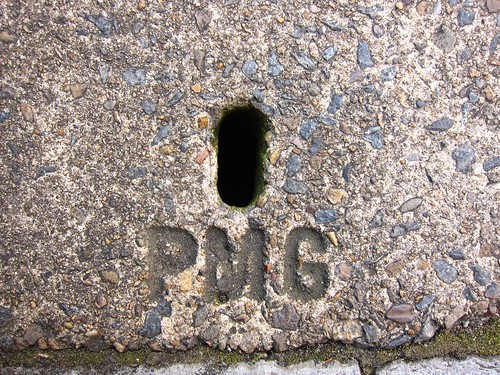
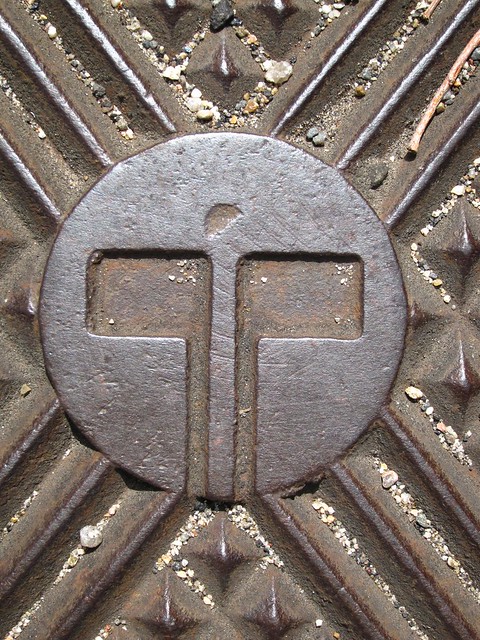

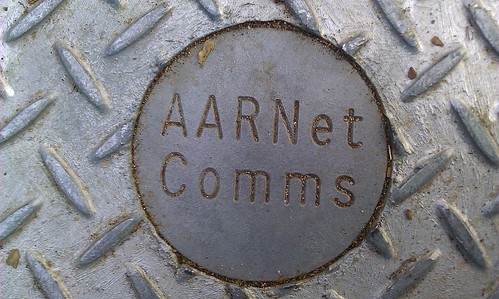
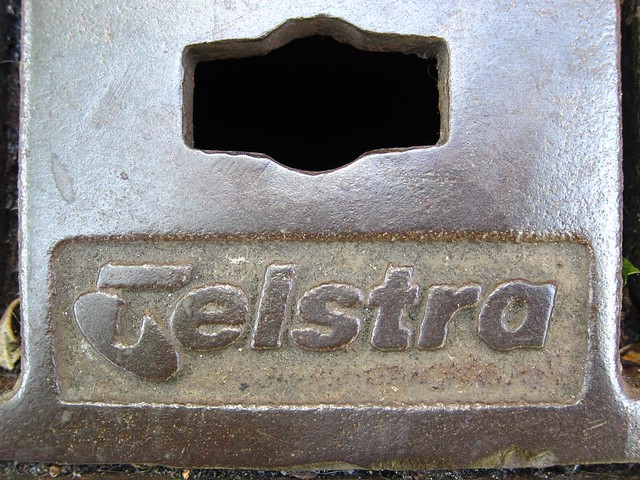
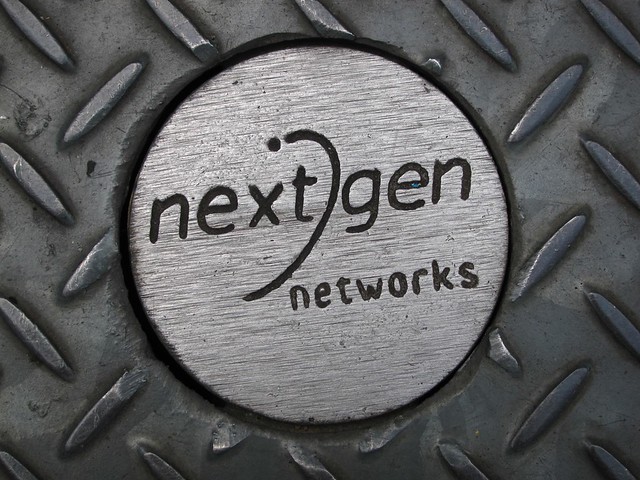
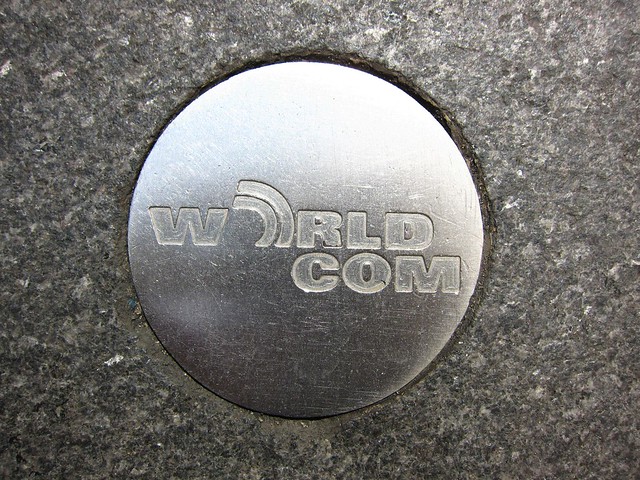
Leave a Reply